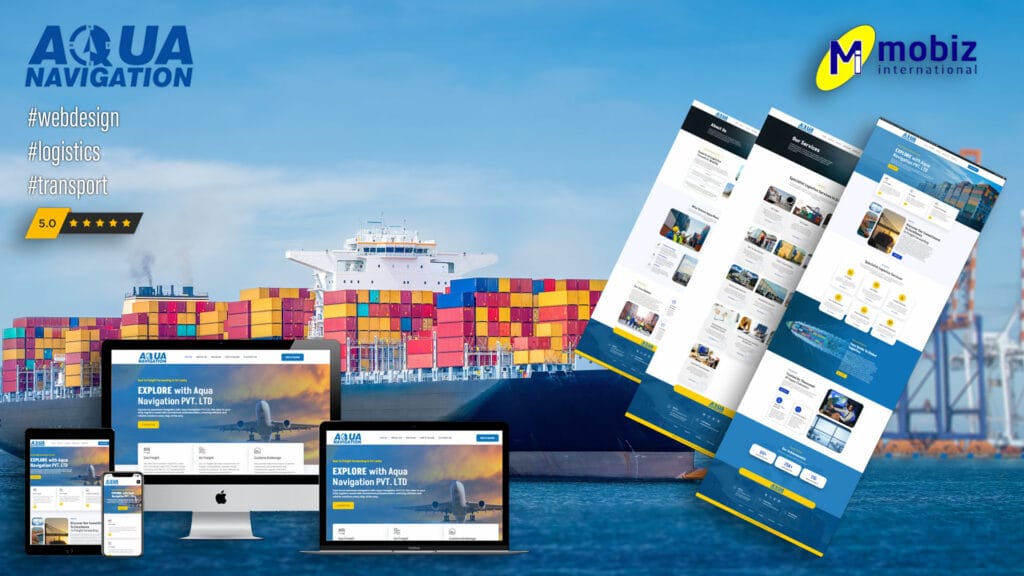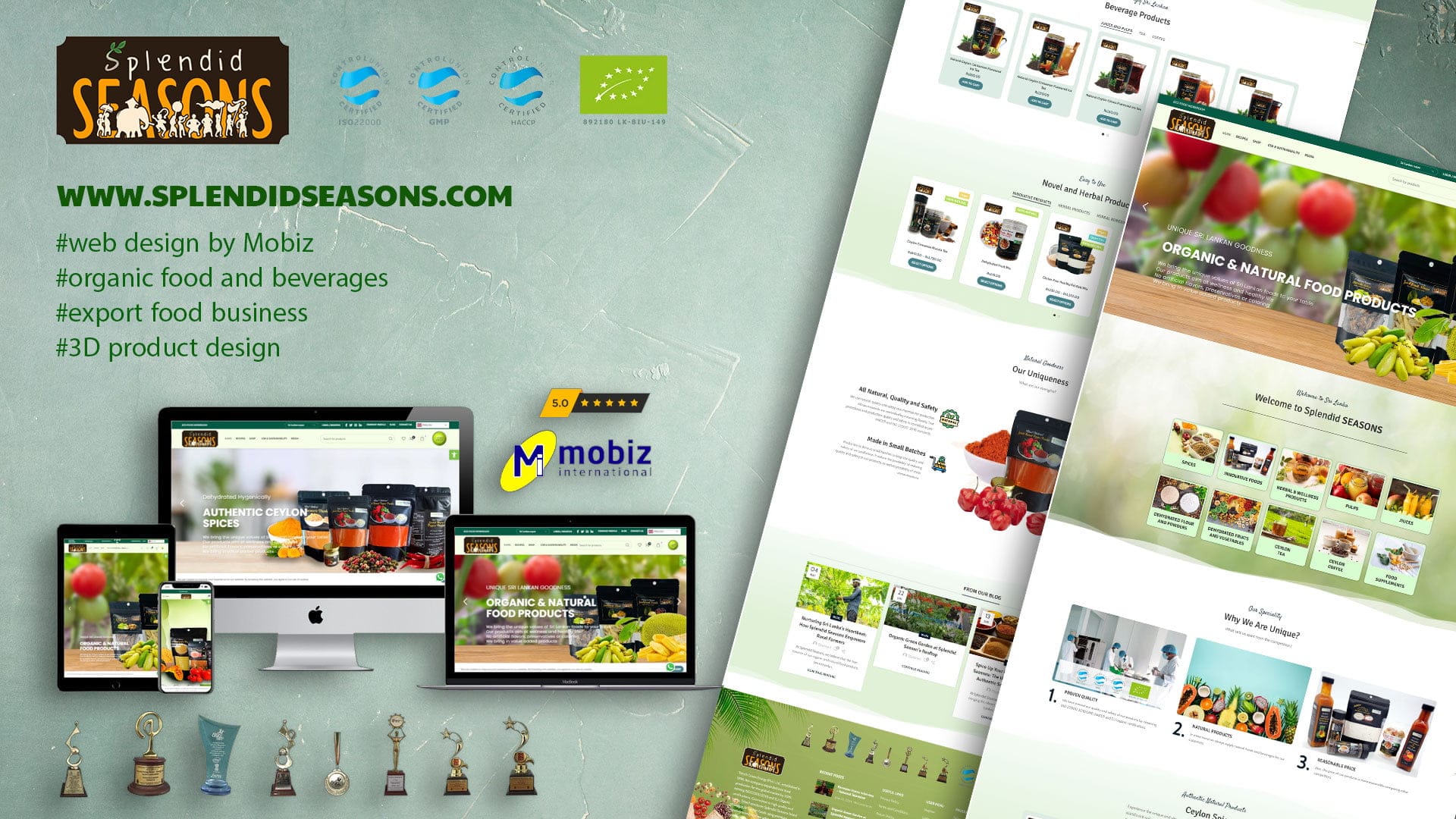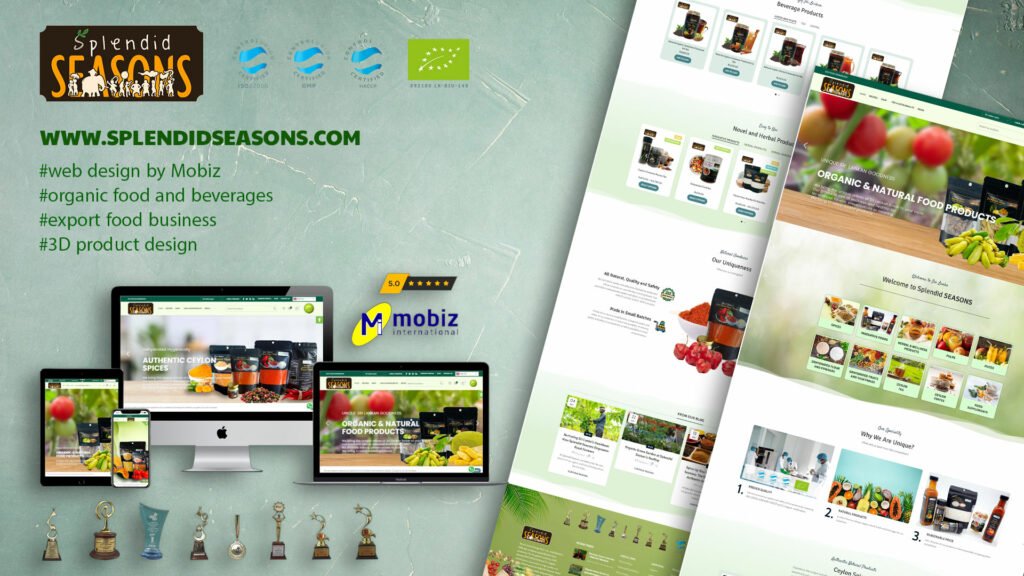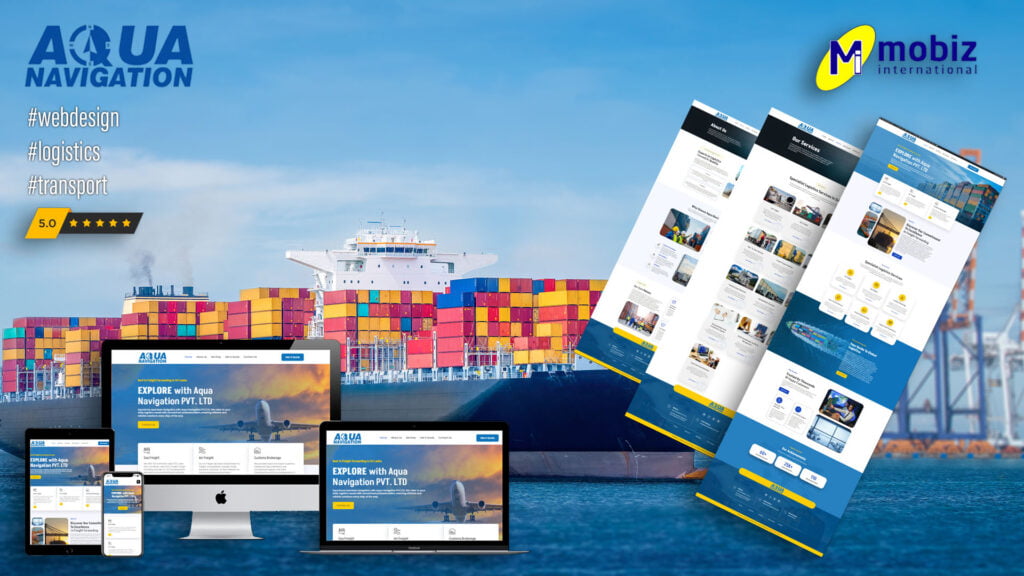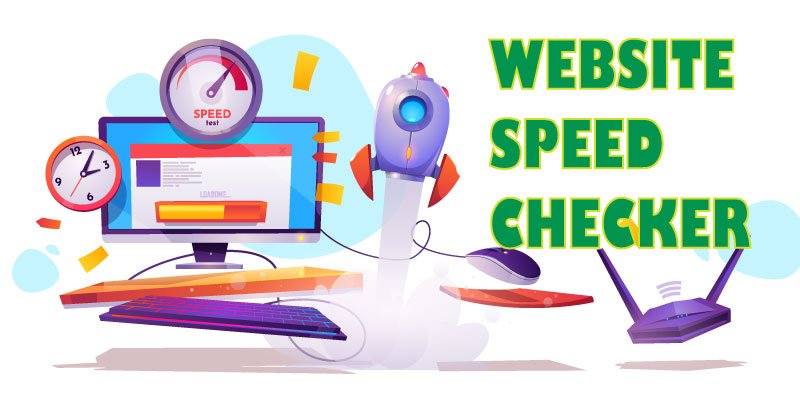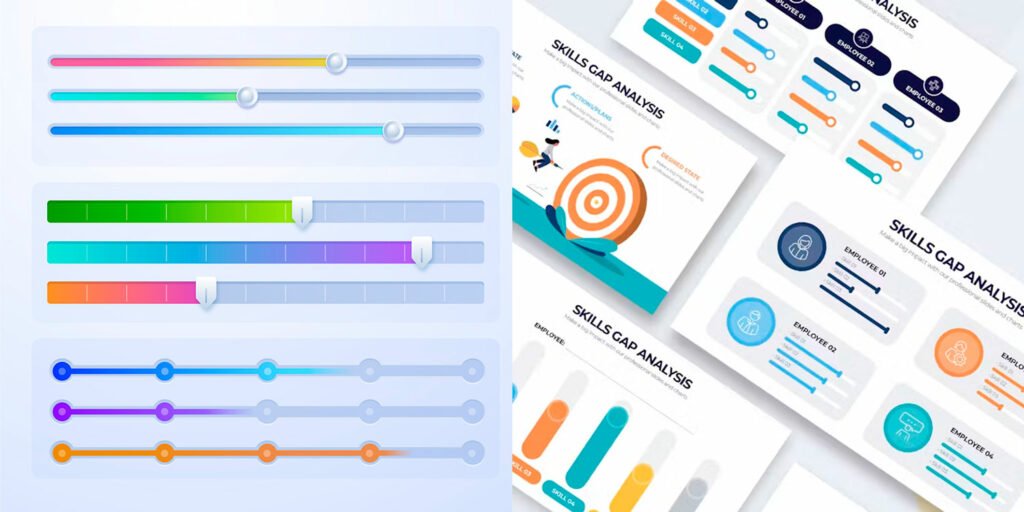We are excited to announce the launch of our latest video production for Dilushan Engineering (Pvt) Ltd, a longstanding client for whom we’ve also designed and developed a custom website. Our team at Mobiz International had the privilege of crafting a compelling video script and delivering an engaging production that highlights Dilushan Engineering’s remarkable journey — from its beginnings as Dilusiona Iron Works to its present status as a leading manufacturer and supplier of power line and telecommunication hardware in Sri Lanka.
Our Approach to Video Creation
- Story-Driven Script: We began by understanding Dilushan Engineering’s background, vision, and mission. Working closely with their team, we developed a narrative that reflects their passion and dedication to excellence.
- High-Quality Production: From selecting the right visuals and music to ensuring every shot enhances the storyline, our production process was grounded in telling an authentic story that resonates with audiences.
- Strategic Branding: We incorporated key branding elements to emphasize Dilushan Engineering’s identity and commitment to quality, innovation, and partnership.
Web Design Synergy
Prior to the video project, Mobiz International also designed and launched the Dilushan Engineering website. This enabled us to seamlessly integrate the video content into their digital presence, creating a cohesive brand experience and engaging user journey.
What This Means for Your Business
At Mobiz International, we understand that every brand has a unique story to tell. By combining our web design expertise with tailored multimedia production, we help clients:
- Communicate their value proposition in a clear, captivating manner
- Engage online audiences through immersive storytelling
- Strengthen their brand identity across multiple channels
Looking Ahead
We look forward to creating more compelling stories for our clients. Whether you’re looking to produce a new video, revamp your website, or both, our dedicated team is ready to craft solutions that elevate your brand.
Want to learn more about our video production or web design services?
Contact us today and discover how we can help you share your story with the world.
Mobiz International
Your partner in inspired web design and captivating video storytelling.



